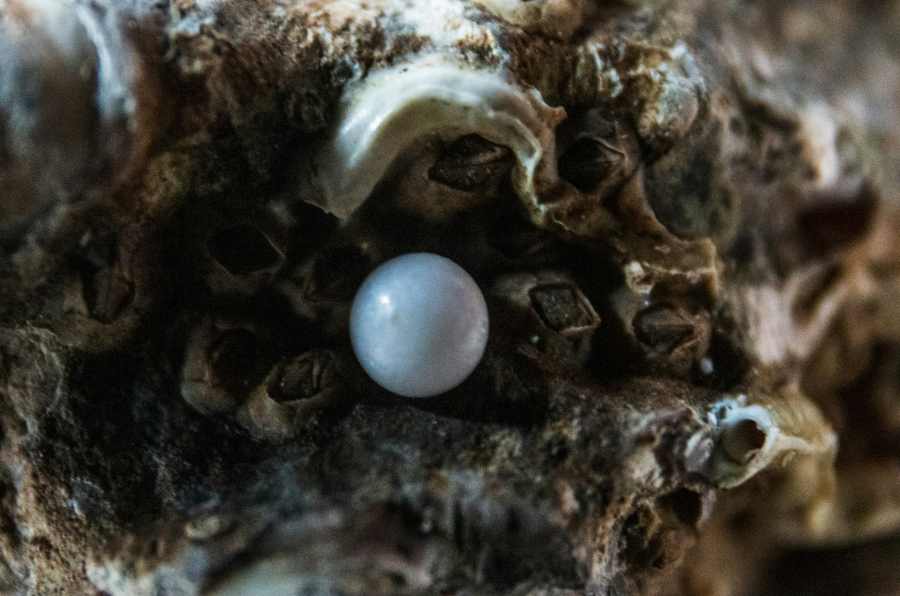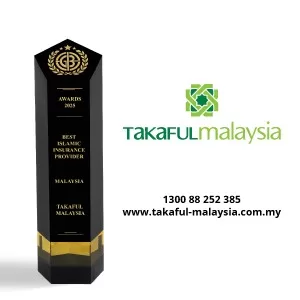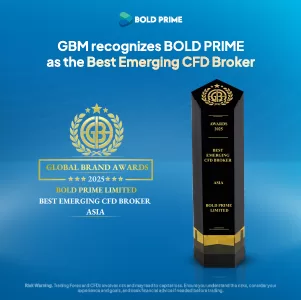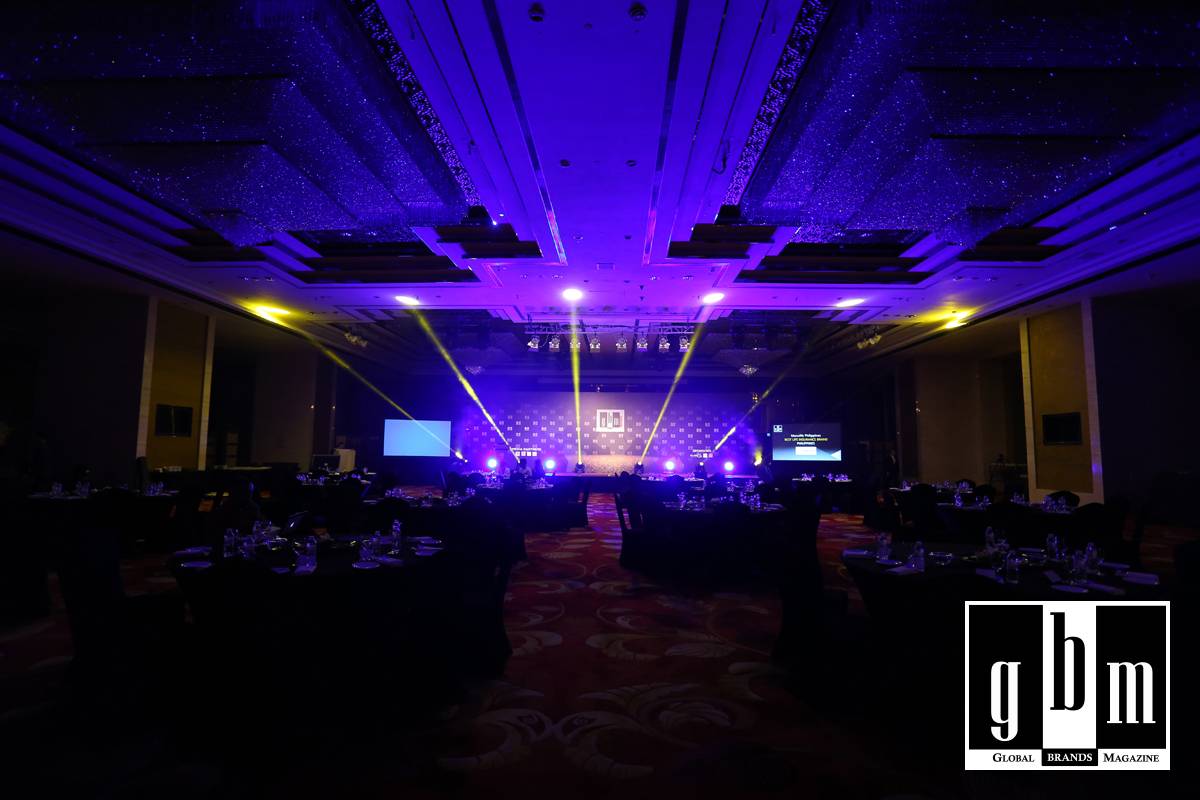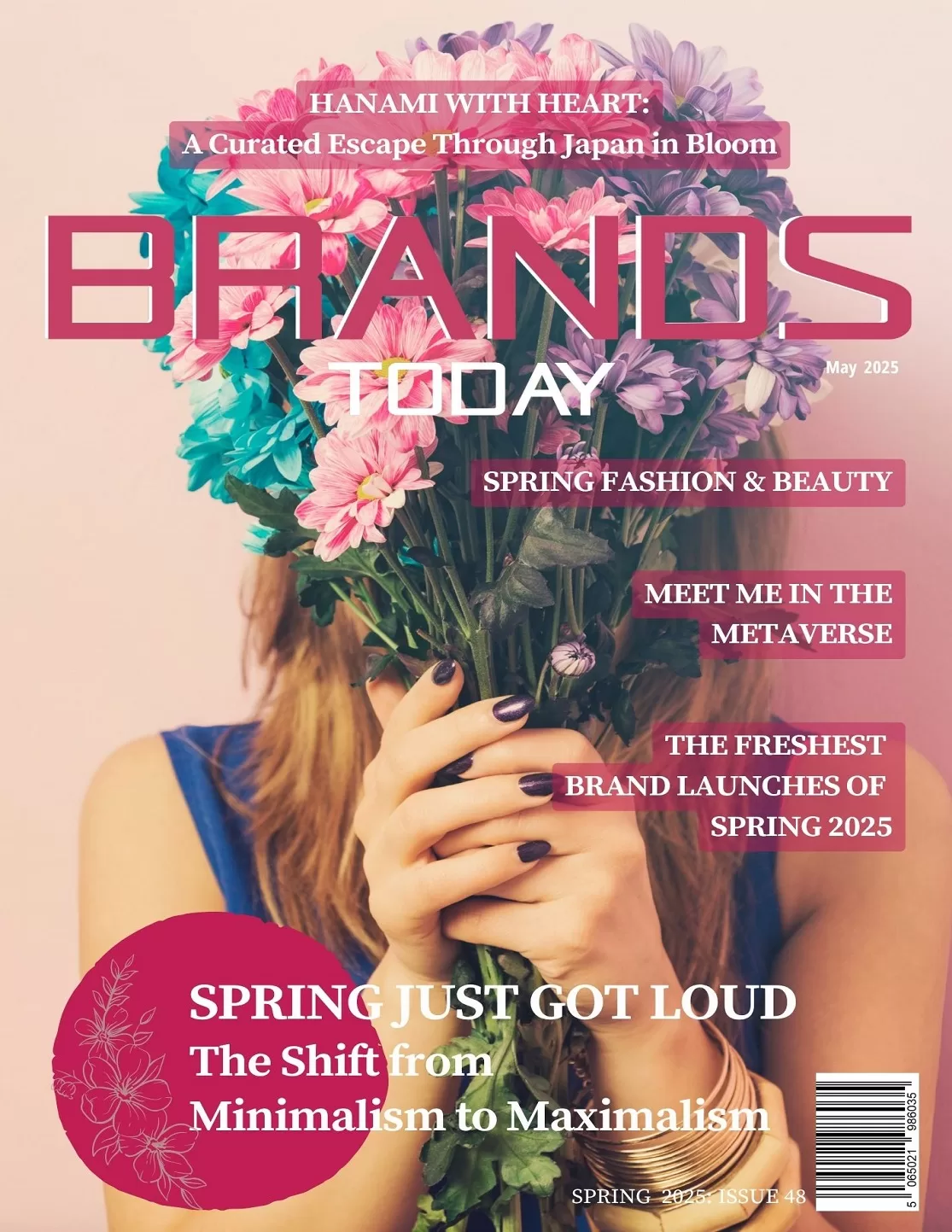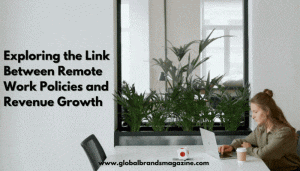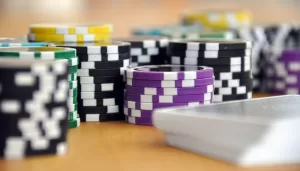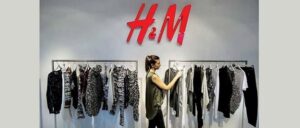From Runway to Retail: The Rising Global Demand for Pearl Jewelry
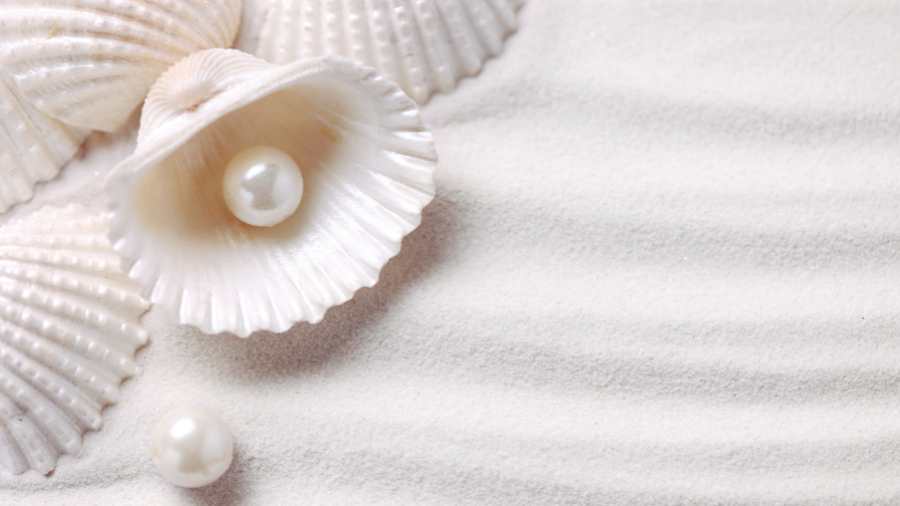
If you’ve felt like pearls are suddenly everywhere—on runways, in shop windows, even on your most trend-resistant friend—you’re not imagining it. Pearls have slipped back into the spotlight with that effortless, luminous charm only they can pull off. What’s changed isn’t the gem itself (nature’s been perfecting that for ages), but how people are wearing pearls and why they’re buying them now.
Let’s start with the runway. Fashion’s biggest houses haven’t exactly been subtle about their pearl affection. Across recent seasons, stylists have layered chunky baroque strands, pinned pearl brooches to sharp blazers, and sprinkled pearl hardware onto bags and shoes. Trend roundups from major fashion outlets called out pearls as a defining jewelry look, not just for evening gowns but for daywear and street style, too.
And here’s the interesting part: the retail story backs it up. While the wider luxury market has wobbled, jewelry has held steady—outperforming other categories and proving unusually resilient. In its latest global luxury outlooks, Bain & Company notes that jewelry stayed flat to slightly up in 2024 and continues to be a bright spot within personal luxury goods. Translation: even when shoppers trim impulse buys, they still say yes to pieces that feel timeless and hold value.
Why pearls, specifically? A few reasons:
1) Pearls play nicely with everything.
A classic strand elevates a black dress, sure—but a single pearl pendant against a white tee and vintage denim feels just as right. Designers have leaned into that range, pairing pearls with crisp tailoring, satin slips, and even athletic silhouettes. If you’re building a small, wearable collection, explore Pearl Jewelry from the Pure Pearls collection that slips easily into everyday outfits. The visual effect is a little glow without the shout. That versatility is runway-approved and everyday-friendly, which is exactly the mix shoppers want.
2) Genderless styling cracked the code.
Pearls no longer sit in a formal, ladies-only corner. The styling conversation has opened up: layered chokers, longer mixed-media strands, pearl accents on cuffs and rings—pieces that work across genders and aesthetics. Once fashion shows modeled that freedom, retailers followed with assortments that invite play rather than prescribe rules.
3) Value feels tangible
In uncertain times, people gravitate toward things that last. Pearls—especially well-matched strands or standout baroque pieces—carry heirloom energy without feeling fussy. Bain’s analysis of luxury spending trends underscores that “fewer, better” mindset: customers are prioritizing quality, durability, and quieter signals of taste. Pearls check all three boxes.
Of course, demand creates its own ripple effects. As designers push more pearl-forward looks, supply dynamics matter: farming cycles, climate considerations, and traceability expectations all influence pricing and availability. Industry watchers have pointed to rising consumer interest alongside the conversation about responsible sourcing—another reason many shoppers research before they buy and choose retailers that can speak to origin and care.
So, how is that “runway to retail” handoff actually playing out?
- Layered looks got simplified for everyday. On catwalks you’ll see piled-on strands; in stores, you’ll find modular sets and adjustable lengths so you can build that look without the drama
- Baroque shapes moved mainstream. Those irregular, sculptural pearls that felt niche a few years ago now sit next to classic rounds in display cases. They photograph beautifully (hello, social), and they help a simple outfit feel intentional.
- Mixed metals and pearls became normal. Yellow gold, white gold, and even steel sit beside pearls now, which makes them play well with your existing jewelry box instead of demanding a total reset.
If you’re pearl-curious and wondering where to start, think about how you actually get dressed most days. If your style is minimal, a single pendant or a pair of studs will vanish into your routine—in a good way. If you love statement pieces, try a shorter, chunkier strand or an asymmetrical earring set. And if you want one piece that goes from office to date night, a medium-length strand you can double or a tin-cup necklace (pearls spaced along a chain) is quietly brilliant.
Care matters, too. Pearls are organic gems, so they appreciate a little kindness: last on, first off; avoid hairspray and perfume; wipe with a soft cloth; and store separately so metal pieces don’t scratch them. Easy habits, big payoff—the luster stays luminous.
Where does all of this go next? Expect pearls to keep threading through both ends of the market. At the high end, designers will continue experimenting with scale and sculptural settings. At accessible price points, you’ll see more creativity with mixed materials, more gender-inclusive styling, and more playful proportions that nod to runway ideas without the sticker shock. And given jewelry’s continued resilience versus other luxury categories, retailers have every reason to keep pearls front and center.
Bottom line
pearls have reclaimed their fashion moment not by changing who they are, but by changing how we wear them. They’re modern without trying, elegant without effort, and—crucially—aligned with what many of us want from our wardrobes right now: fewer things, better made, with meaning baked in. From runway drama to everyday ease, pearls are delivering exactly that.



